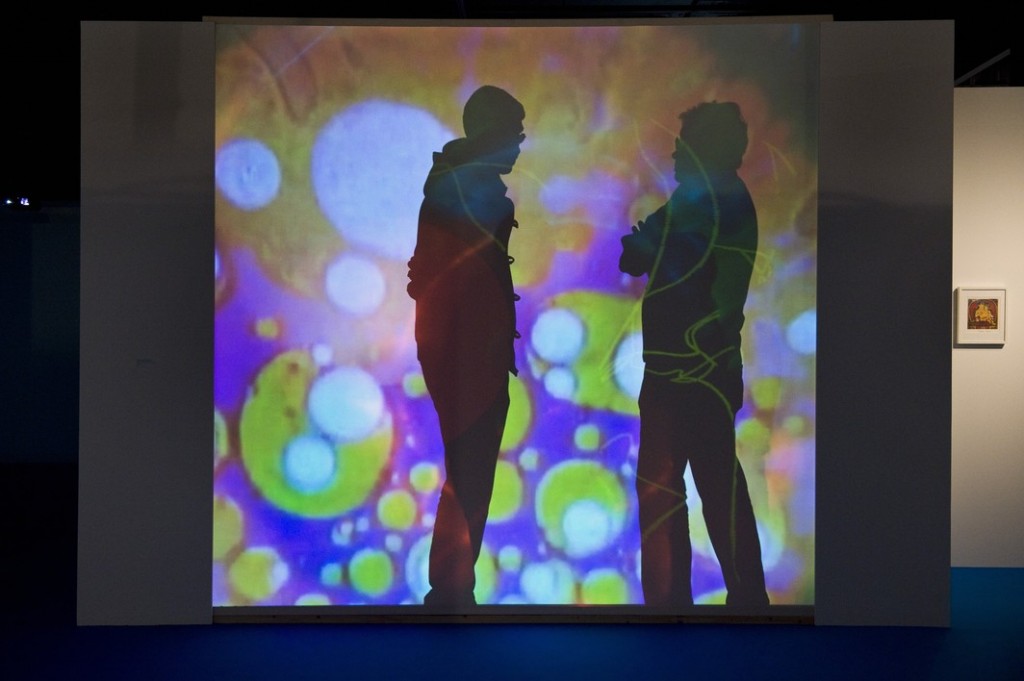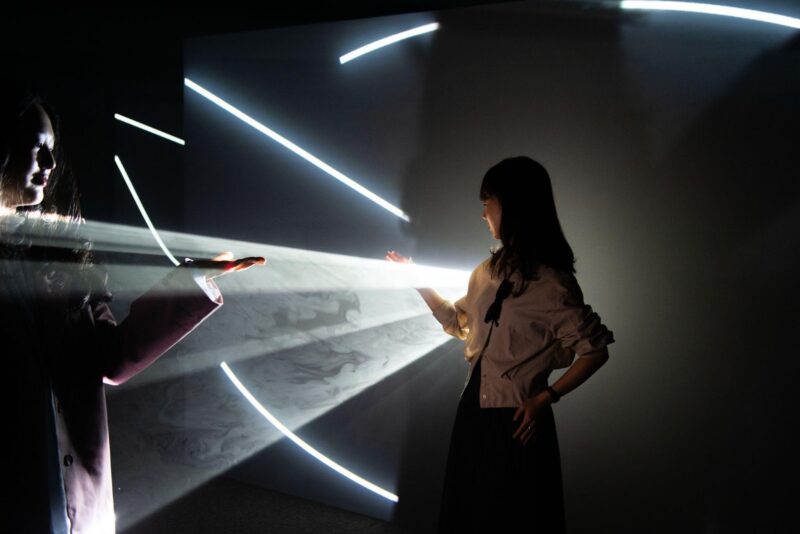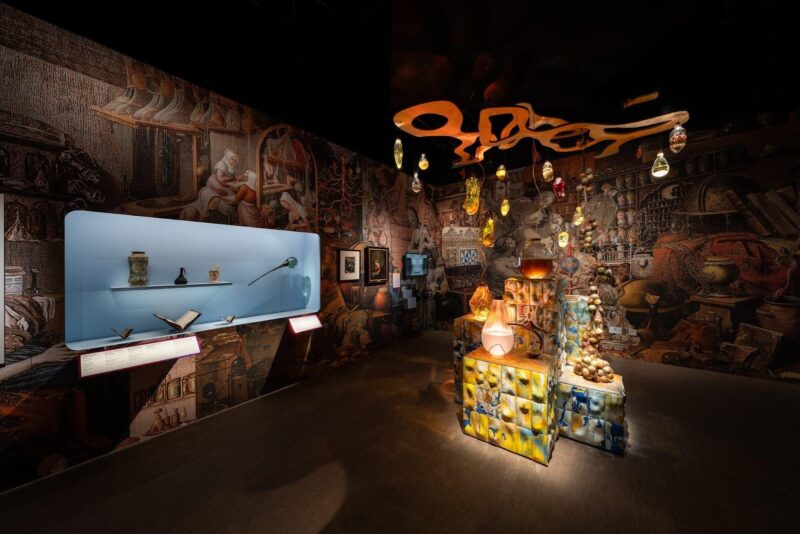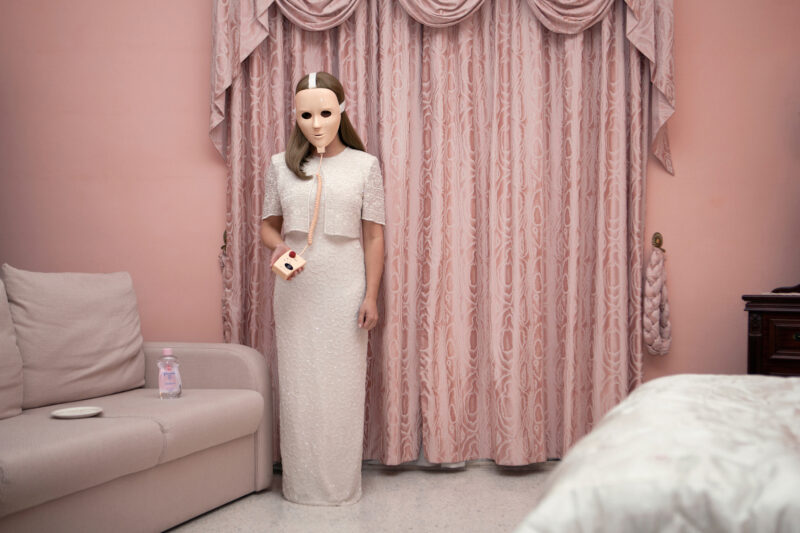
Image: Wellcome Library, London. A busy drying room in the opium factory at Patna, India. Lithograph after W. S. Sherwill, c. 1850.
Say ‘ No’ to drugs if you want, but dude, you should tune in to a far-out new show called High Society at the Wellcome Collection. It’s mind-expanding- a total trip into the history and culture of recreational drugs. It kicks off with a great display cabinet of drug delivery mechanisms, from a 300-year-old wooden ‘ fetish pipe’ to a Starbucks coffee cup and a pack of 20 B& H. This show doesn’t moralise, but here, right upfront, is something obvious- our society makes some drugs legal and others not, and like, it’s random.
As the Wellcome Collection’s Ken Arnold pointed out, ‘ it’ s a very topical exhibition’. He’s not kidding- when David Cameron wore a poppy in his current China visit, locals were reminded of the Opium Wars. They began in 1839 and were about Britain pushing opium on China because it needed to pay for its growing addiction to a milder drug, Chinese tea.
Wonderful 1850 lithographs by WS Sherwill show an opium factory in Patna, India, revealing the staggering British industrialisation of the opium trade, and beside them stretches out contemporary artist Huang Yong Ping’s installation of a 20m-long opium pipe with a fallen statue of then Foreign Secretary Lord Palmerston. The Chinese have waited a long time to shaft him.
The Wellcome Collection is about popularising science, and as well as amassing a fantastic collection of art and literature here, there is science. Sometimes it’s quite a laugh. In 1993, NASA doped spiders in space with benzedrine, caffeine and marijuana and drawings of the webs they span are on show. The caffeine web is all over the place! The marijuana web looks quite good, but the spider just seemed to have not been arsed to finish it. Another gem is 1955 BBC footage of Dr Humphrey Osmond interviewing a jolly nice volunteer fellow who’s taken mescaline. With excellently clipped period speech, he says things like ‘ I distinctly noticed that your outline hit me’ while suppressing outbursts of grinning.
This exhibition spans cultures as well as time. Tonga was called The Friendly Islands by Captain Cook because of the friendly reception he received there, and that was probably down to the kava they shared in communal ceremonies. Other examples of communal drug-ins from tribes around the world are documented, right up to photos by Keith Coventry of the losers in a tawdry crack den.
The twentieth century saw the West get steamed up about drugs like cocaine and marijuana, and there are plenty of illustrations here, including a 1938 poster for the legendary Reefer Madness film. Richard Hamilton’s seminal Swingeing London (1967), with Mick Jagger in cuffs, nails the establishment reaction to England’s florid pop nobility switching on to psychedelics. A subtler example is a clip from Jonathan Miller’s 1968 television Alice in Wonderland. That’s a trip, and it’s not the only one here.
Self-experimentation is one of the show’s themes. A totally groovy 2001 installation Photokinetoscope by artist Rodney Graham explores that. He dropped acid and took a bike ride in a Vancouver park, echoing Albert Hoffman’s 1943 ride home after discovering LSD. 33rpm vinyl plays a psychedelic soundtrack besides the projector screening his adventures.
He seems really chilled, it’s clearly a mellow trip, like serene, you dig? A flashback to the more happening classic 60s psychedelic experience comes in a screen of pulsating, flashing overlapping oils with a soundtrack of Hendrix and Jefferson Airplane. As I stood before it, I was jolted- hey, what are these contemporary silhouettes doing walking across it?

Image: Wellcome Library, London. The Joshua Light Show a kinetic sculpture by Joshua White and Seth Kirby.
Going around the back, you find a whole active workshop of massive colour wheels and oil mixes, serious projectors, bottles of dye and stuff. Far-out! This is the Joshua Light Show’s inner workings, based on the set-up at New York’s Filmore East in the late 60s that provided the visuals to live bands. Joshua White, the man who was there, was here as well, saying that his show worked particularly well with The Who (who actually only had a brief fling with the psychedelic vibe). Nowadays, a young collaborator, Seth Kirby, works with White on what the veteran described as a ‘ kinetic sculpture that’ s an interpretation of what happened
in the 60s’ . Seth whipped out his iPhone to show me a photo of White when he was young- they aren’t related, but it totally looked like Seth. Woo, like freaky, man! We lamented the fact that acid seemed to have disappeared in the tide of ecstasy that still dominates the club market- coincidentally a drug not much covered in the show.
Considering the human toll in drug wars from Mexico to inner city Copenhagen, the empowerment of criminals with money and guns from the street to the luxury yacht, the absence of regulation over quality or supply chains, and the loss of billions in potential tax revenue, drug law reform is a no-brainer. But politicians seem to have no brains when it comes to legalisation. The Wellcome Collection makes no such point directly, but the lesson is implied loud and clear, especially in its displays about American Prohibition in the 1920s.
There’s a shot of the 1929 St Valentine’s Day Massacre victims- George ‘ Bugs’ Moran’s gangsters dead in their overcoats on the gritty, blooded floor of the Chicago garage. The US eventually had to lift the ban on alcohol- it’s time for the world to do the same with a whole slew of less dangerous drugs.
This show is a gas, with its chambers of wonders that educate as well as surprise and fascinate. And as for those opium wars, get a load of its final installation to bring the subject up to date. On four walls, Mustafa Hulusi’s Afyon AV (2010) projections pan through fields of poppy heads, green, beautiful and gently swaying in the breeze, to a tranquil, lonely string soundtrack. Such poppies in Afghanistan finance the Taliban. Think. I don’t mean to sound flippant when I say: Heavy, man.
High Society is at The Wellcome Collection 163 Euston Road London NW1 2BE
open 10-6 Tuesday to Sunday Thursdays 10-10 Until 27 February 2011
www.wellcomecollection.org







